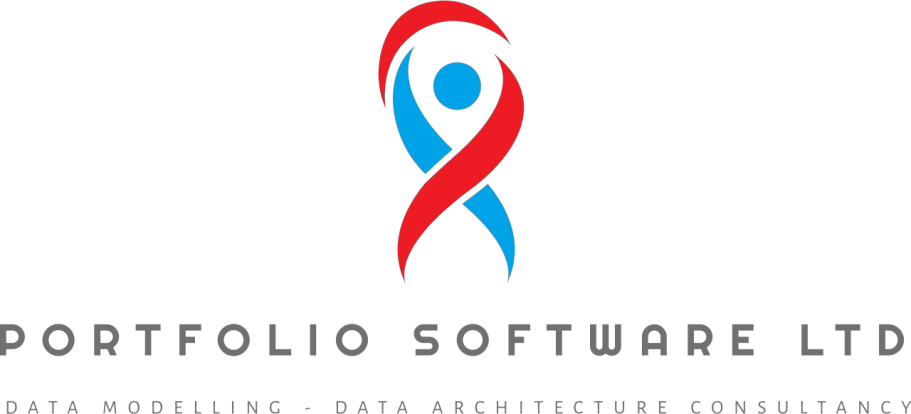
Choosing Between NoSQL and Relational Databases: Key Considerations and Challenges
The choice between NoSQL and relational databases presents a critical decision for any project, with implications extending beyond individual projects to encompass broader data governance within an organisation. Each database type comes with its own set of advantages and challenges, and understanding these is paramount to making an informed decision.
Understanding NoSQL and Relational Databases
Before delving into the reasons for choosing one over the other, it's essential to grasp the fundamental differences between NoSQL and relational databases.
Relational Databases: Relational databases adhere to the traditional tabular structure, with data organised into tables consisting of rows and columns. They rely on SQL (Structured Query Language) for data manipulation and querying. Examples include:
- MySQL: MySQL is an open-source relational database management system (RDBMS) known for its speed, reliability, and ease of use. It is widely used in web applications and is the backbone of many content management systems.
- PostgreSQL: PostgreSQL is another open-source relational database system known for its advanced features, extensibility, and adherence to SQL standards. It is favoured for its robustness and is often chosen for applications requiring complex queries and transactions.
- Oracle Database: Oracle Database is a commercial relational database management system developed by Oracle Corporation. It is known for its scalability, security features, and comprehensive suite of tools for database administration and development.
NoSQL Databases: NoSQL databases, on the other hand, diverge from the rigid structure of relational databases. They offer greater flexibility in handling unstructured or semi-structured data and typically don't require a fixed schema. NoSQL databases come in various forms, including document-oriented, key-value, column-oriented, and graph databases. Popular examples include:
- MongoDB: MongoDB is a popular document-oriented NoSQL database that stores data in flexible, JSON-like documents. It is widely used in modern web development for its scalability, performance, and ease of use.
- Cassandra: Apache Cassandra is a distributed NoSQL database designed for handling large amounts of data across multiple commodity servers without a single point of failure. It is favoured for its high availability, fault tolerance, and linear scalability.
- Redis: Redis is an open-source, in-memory data structure store known for its versatility and high performance. It supports various data structures such as strings, hashes, lists, sets, and sorted sets, making it suitable for caching, messaging, and real-time analytics applications.
- Amazon DynamoDB: DynamoDB is a fully managed NoSQL database service provided by Amazon Web Services (AWS). It offers seamless scalability, with automatic partitioning and replication, making it well-suited for applications requiring low-latency and high-throughput access to large datasets.
Key Reasons for Using Each
Relational Databases:
- Data Integrity: Relational databases enforce ACID (Atomicity, Consistency, Isolation, Durability) properties, ensuring data integrity even in complex transactions.
- Structured Data: Ideal for applications with structured data where relationships between entities are well-defined, such as traditional transactional systems like banking or e-commerce platforms.
- Mature Ecosystem: Relational databases boast a mature ecosystem with robust support, well-established best practices, and a plethora of tools and frameworks.
NoSQL Databases:
- Scalability: NoSQL databases excel at horizontal scalability, making them suitable for handling massive volumes of data across distributed systems.
- Flexibility: They offer schema flexibility, allowing developers to adapt to evolving data models without the need for extensive schema migrations.
- Performance: NoSQL databases are often chosen for high-speed, read-heavy workloads, such as real-time analytics, IoT applications, and content management systems.
Challenges and Considerations
Relational Databases:
- Scalability Limitations: While relational databases offer vertical scalability, scaling horizontally can be challenging and costly, especially for large-scale applications.
- Schema Rigidity: The rigid schema of relational databases can impede flexibility and agility, particularly in scenarios where the data structure is subject to frequent changes.
- Complex Joins: Complex joins and relational operations can lead to performance bottlenecks, especially in scenarios involving large datasets.
NoSQL Databases:
- Consistency Trade-offs: Some NoSQL databases sacrifice strong consistency for scalability, leading to eventual consistency models that may not be suitable for all applications.
- Lack of ACID Compliance: Unlike relational databases, not all NoSQL databases guarantee ACID compliance, which could pose challenges for applications requiring strict data consistency.
- Learning Curve: Adopting NoSQL databases may require a learning curve for developers accustomed to the SQL-based relational model, potentially impacting development timelines.
Impact on Data Governance
The choice between NoSQL and relational databases extends beyond individual projects, influencing broader data governance within an organisation.
Relational Databases: Relational databases align closely with traditional data governance practices, offering robust mechanisms for ensuring data consistency, integrity, and security. They are well-suited for applications where regulatory compliance and data governance are paramount, such as finance and healthcare.
NoSQL Databases: NoSQL databases introduce new challenges to data governance, particularly in areas like consistency, security, and compliance. Organisations must establish clear governance policies and practices tailored to the characteristics of NoSQL databases to mitigate risks effectively.
Examples of Suitable Projects
Relational Databases: Banking and financial systems, e-commerce platforms, Enterprise Resource Planning (ERP) systems, Customer Relationship Management (CRM) software, and any application requiring strict data consistency and integrity.
NoSQL Databases: Real-time analytics platforms, IoT (Internet of Things) applications, content management systems, social media platforms, and applications dealing with semi-structured or unstructured data.
Conclusion
Choosing between NoSQL and relational databases is a critical decision with implications for individual projects and wider data governance within an organisation. By weighing the specific requirements of the project against the strengths and limitations of each database type, organisations can make informed decisions that align with their strategic objectives and data governance principles.
©Copyright 2003. All rights reserved.
We need your consent to load the translations
We use a third-party service to translate the website content that may collect data about your activity. Please review the details and accept the service to view the translations.
